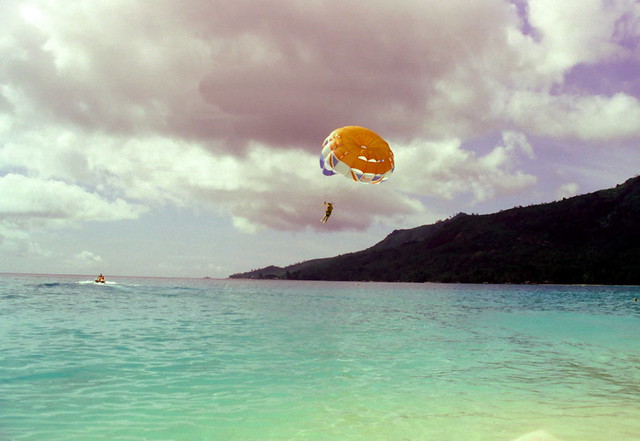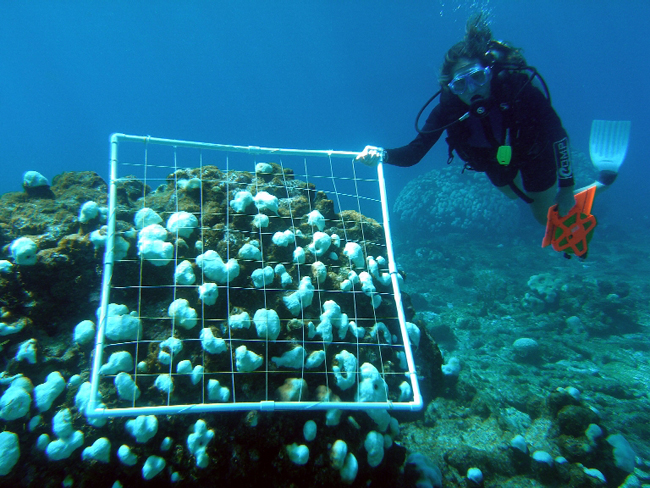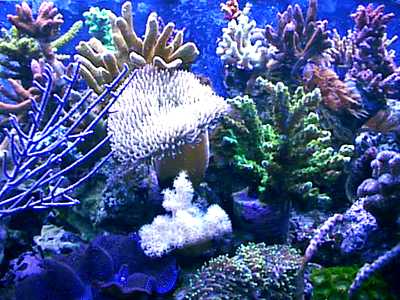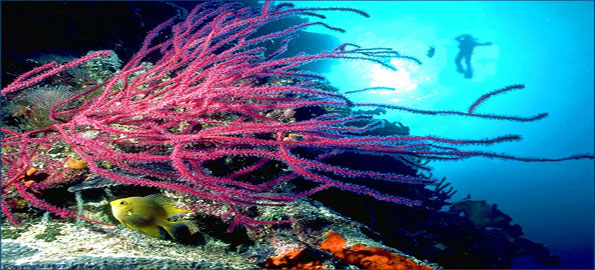”I was standing on the magnificent spread of beach at Beau Vallon Bay, dressed in shorts and life jacket and strapped into a tight-fitting parasailing harness. Directly behind me lay a bright-red parasail neatly laid out on a tarpaulin. The instructor clipped the parasail to my harness and continued his pre-flight instructions. “Hold the harness handles tightly in your palms and lift your hands shoulder-height with elbows facing forward.” This is similar to the way you hold the toggles on a parachute. “Watch the boat. It’s going to edge forward to take up slack in the towrope. The moment the rope tightens the boat will accelerate and all you have to do is run like mad.” The 115-horsepower Yamaha outboard clicked into gear and the sleek red-and-blue speedboat moved forward. I gazed across the thin tract of sparkling sand separating the fringing line of palm and takamaka trees from the turquoise tropical water. The towrope slowly snaked off the beach and disappeared into the water. We were ready for take-off. The speedboat had edged at least 50 metres from the beach, and the towrope, with its 1 350-kilogram breaking strain, tightened, tugging sharply on my harness.“Now!” the instructor yelled. I rushed forward and sprinted down the beach. Just before treading on wet sand I felt myself being lifted above the shallow shoreline . . . and I was airborne!”
These are the words of Patrick Wagner, a journalist from Getaway magazine who was lucky enough enjoy the incredible experience of parasailing at Beau Vallon Bay on Mahe Island, Seychelles. With wind racing round your ears, legs dangling in space and torso supported by a comfortable harness, you float over paradise. The feeling of freedom is what makes parasailing so exciting. The sheer beauty of Beau Vallon Bay from the air, the glowing turquoise water and the lush vegetation down below will make this experience one you will never forget. Once airborne, your only job is to just sit back and relax, soak up this beautiful scenery, and take a few photos if you wish. You will also be able to too see other islands in the distance, and the perspective one gains from viewing this tropical paradise from up above is not to be taken lightly!
The main concern people have when considering parasailing, is the safety aspect, however the crews who operate this sport have many years experience behind them. You don’t even need to be able to swim to take part in this activity, and age is also a non-factor… with the oldest participant having been a ripe 92 years old!
If parasailing is not your thing however but you still enjoy motorized water sports, water skiing, jet skiing, and other activities are also offered at Beau Vallon Bay.
Beau Vallon Bay is located in the north-east of Mahe, and in order to protect and maintain the beauty of Seychelles, as well as the safety of beach goers, motorized water sports in the Seychelles is restricted to this area. Please contact us if you’d like to set up a visit to Beau Vallon Bay. www.seychellesyachtcharter.com



























Seychelles-Tourism-Board?$615x346$)













